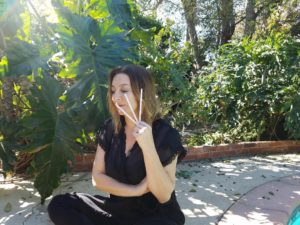
Sherri Sebastian, Professional Perfumer
After many years of working as a perfumer, writing formulas has become second nature to me. I find it to be calming and therapeutic. When I hear “experts” talking about fragrances—their notes, the latest status of “naturals,” ingredient labelling, niche vs. artisans— my mind wanders back to my formulas.
This month, I’d like to pause and offer insight on five common fragrance misconceptions from an industry insider’s perspective:
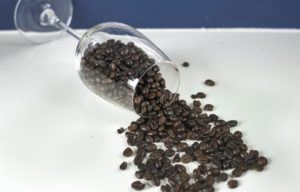
Coffee beans cleanse the olfactive palate: For many years coffee beans have been used to “cleanse the smelling palate” when smelling numerous scents. If you look behind the scenes, you’ll learn not only that this is a myth, but that the naturally occurring chemicals in coffee—pyrazines—are powerful ingredients that most perfumers avoid when developing and evaluating scents.
Pro tip: Step outside and breathe fresh air or simply sniff the inside of your elbow to refresh your scent palate.
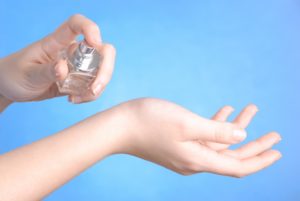
Pulse points are the best place to spray perfume: It’s said that applying scent to the pulse points is ideal, since these areas heat up allowing fragrances to project. While this is true, in the industry when fragrances are evaluated on skin they’re applied to the back of someone’s arms to evaluate their true nature. Think about how a bracelet or watch or even the lingering scent of hand wash can commingle with a scent applied to your wrist.
Pro tip:There’s no “best way”—do what works for you!
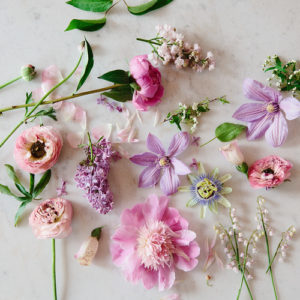
Photo via flickr
Fragrance notes are ingredients: In my last article on “Notes from the Lab”, I stressed the difference between descriptors and ingredients. I broke the news that your fig fragrance does not contain fig, and even a “rose” fragrances doesn’t always contain actual rose.
Pro tip: Read the descriptions for “romance” but stick to the ingredient listing for facts.
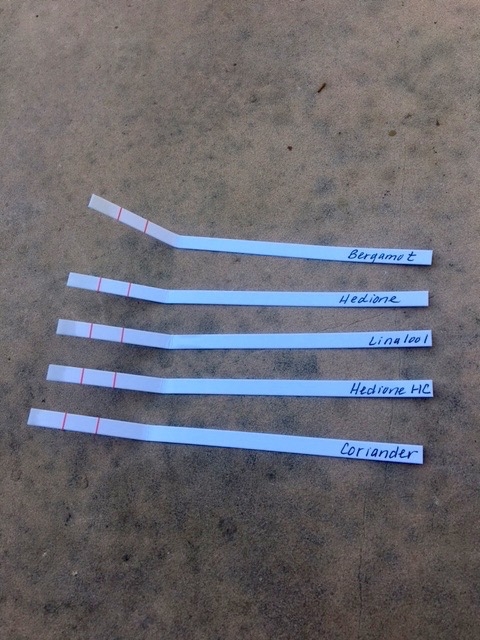
Fragrance Blotters photo by Sherri©
Fragrance blotters are the best way to evaluate fragrances: A finished fragrance is often the result of hundreds of experiments, in which a perfumer studies different ingredient ratios and additions. Blotters allow perfumers to study these details in a fast and efficient manner, as well as revealing the structure of a scent as it dries down. However, blotters don’t have enough surface area for most people to get a good idea of a fragrance’s true nature, and fragrances vary slightly depending on a person’s skin.
Pro tip: Try fragrances on a tissue to give more surface area, and then try your favorites on skin (preferably on your forearm).
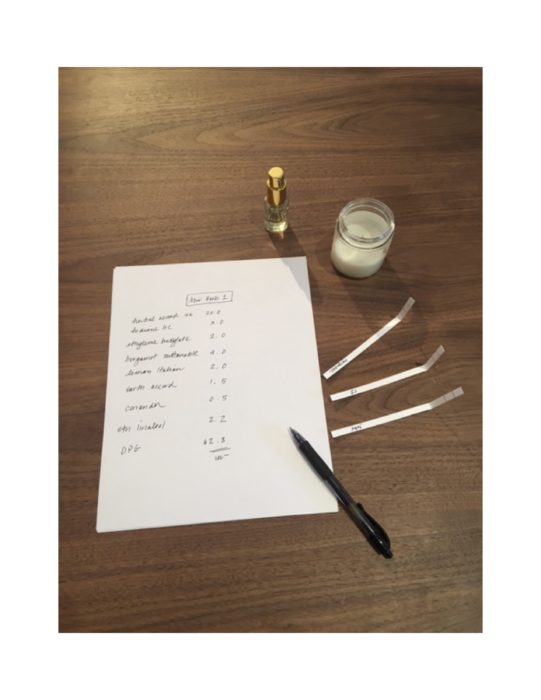
Sherri writing formulas©
Naturals are more expensive than synthetics: There are many differences and similarities between naturals and synthetics, so it’s difficult to make accurate generalizations including the assumption that naturals are more expensive than synthetics. Case in point, the price of natural orange oil is pennies on the dollar compared to muscenone, a synthetic musk.
Pro tip: Understand that this is a complex topic and become informed when making decisions that matter to you.
–Sherri Sebastian, Monthly Contributor and Founder and Perfumer of Provision Scents
Sherri Sebastian is a professional and independent perfumer working in Los Angeles. She holds a seat on the board of directors for the American Society of Perfumers
